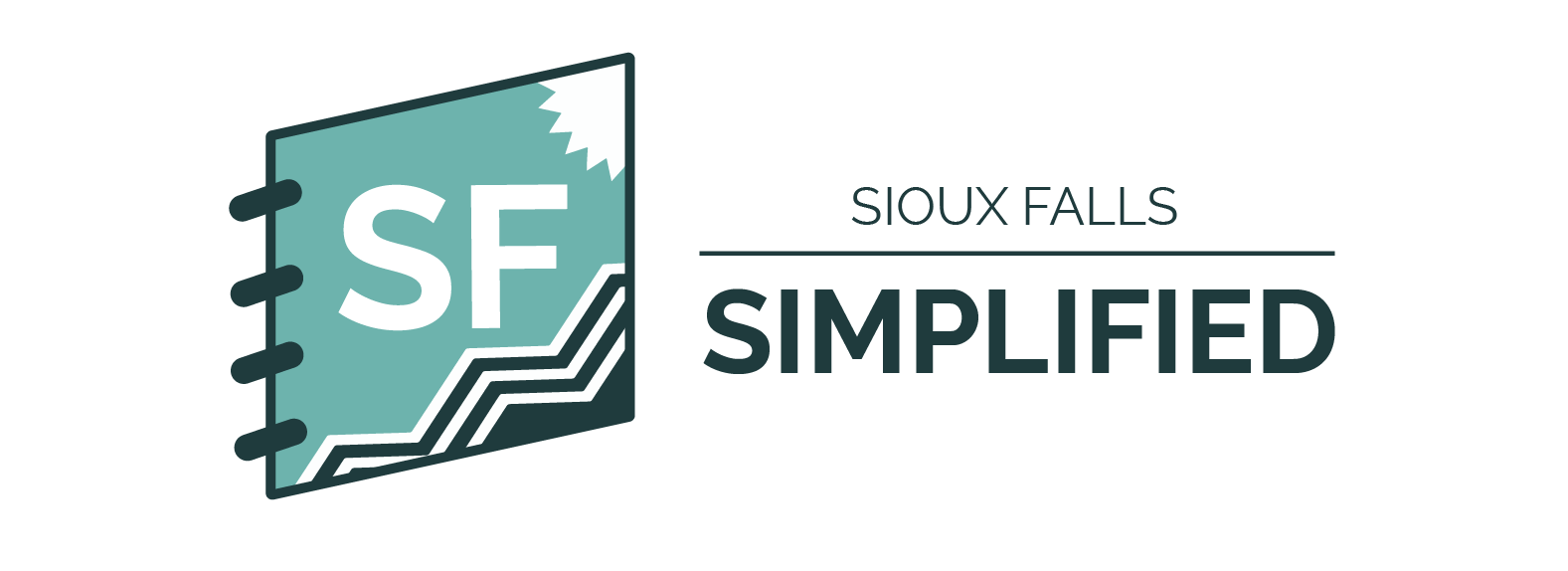Simplified: The Sioux Falls School District has a new system for tracking and visualizing student data. The goal is to be more efficient and effective in helping kids succeed, administrators say.
Why it matters
- Schools collect all sorts of data on students, from attendance to behavioral incidents to test scores. Much of this data is required to be reported by the state or federal government, but it's also used to track student progress.
- While the data collection itself isn't new, historically, it hasn't been all in one spot. Attendance may be tracked in one program, reading scores in another, and so on.
- The new system allows schools to quickly pull reports on everything from individual students to district-wide trends. Doug Morrison, the district's director of research and innovation, described it as a "data warehouse."
"(Teachers) can try to – from data – piece a story together about what's happening with a child and decide from there what's needed to make a student more successful," Morrison said.
Tell me more about the new system
It's at least six years in the making, Morrison said, and – rather than paying a company for this type of data-aggregating software – the district put it all together in-house.
"We’re much more nimble because we can make changes as we need to, and we don't need to work through a vendor and spend a lot of money," Morrison said.
Teachers and administrators are now able to pull reports and look at visual representations of data on individual kids, specific demographic groups, building-level stats, grade-level stats and more.
It's good for looking at trends, but the bigger goal is to be able to identify specific students who might need different academic or behavioral interventions.
"We can say, 'Oh my gosh, they were cruising right along, and then something happened in their junior year," Assistant Superintendent Teresa Boysen said.
Who has access to this data?
Individual student data has all the necessary security protocols in place, Morrison said.
- Classroom teachers, for instance, can access data on their students but not on students in another classroom.
- Principals will have access to data in their building but not others.
- District administrators have broader access to see trends across all schools/grades/etc.
It's also not intended to be data for parents – though the visuals that come from the program may be helpful for teachers to involve parents in discussions come conference time.
What happens next?
The district will continue tweaking the new system as needed, Morrison said, but the hope is to encourage teachers and administrators to use it and use it consistently.

